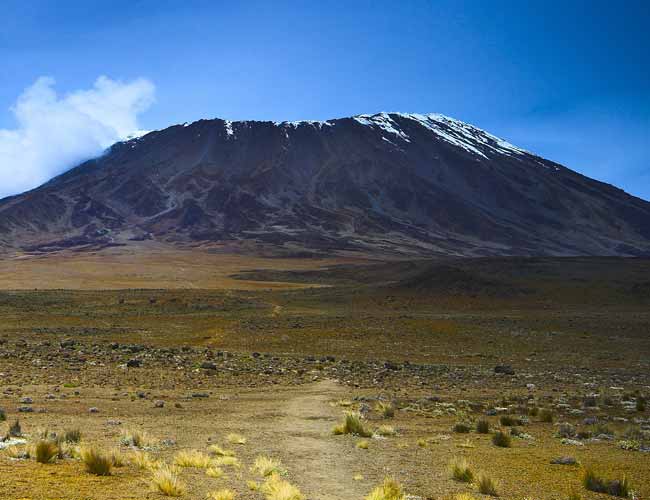

It is possible to trek Kilimanjaro all-year-round. However, certain months are characterized by colder weather, more rain and potentially loads of snow on the summit.
There are two distinct trekking seasons which constitute the best time to climb Kilimanjaro. They are January-March and June-October.
January-March is generally colder than June-October and there is a higher probability of encountering snow on the summit. For some this might be seen as a negative, but the benefits of a January-March trek is that the slopes are often quieter at this time of the year.
The June-October trekking season coincides with the summer holidays in Europe and Northern America and hence certain routes are often quite busy.
March, April and November are the wettest months on Kilimanjaro, and not ideal of trekking although some clients wishes to do the trekking at the time of a bit challenge.
Snow fall and cold temperatures are common during December-May.
Another factor that is important to consider is the variation in weather conditions as you ascend Kilimanjaro.
There are four distinct climatic zones on Kilimanjaro – the rainforest zone (~800m-3,000m) is warm and humid. Rain is common in the zone, particularly during the wet season and temperatures average around 12-15 degrees Celsius at 2,870m. The second zone is often called the low alpine area (~3,000m-4,200m) and is a semi-arid zone where average temperatures range between 5-10 degrees Celsius at 3,630m. The high alpine zone (4,200m-5,000) is desert-like. Here temperatures average around the freezing point at 4,970m, and at the summit in the glacial zone (above 5,000m) temperatures average around -6 degrees Celsius.
Although the summit temperature doesn’t sound too cold, wind chill is a major factor. You are almost guaranteed relatively high winds. Moreover, the effects of cold temperatures at high altitude are more pronounced as your body expends more effort trying to get your skin and vital organs well-oxygenated in an oxygen depleted environment. This results in vasoconstriction near the extremities (like your hands, feet and nose) and means that you will feel the cold a lot more at high altitude.